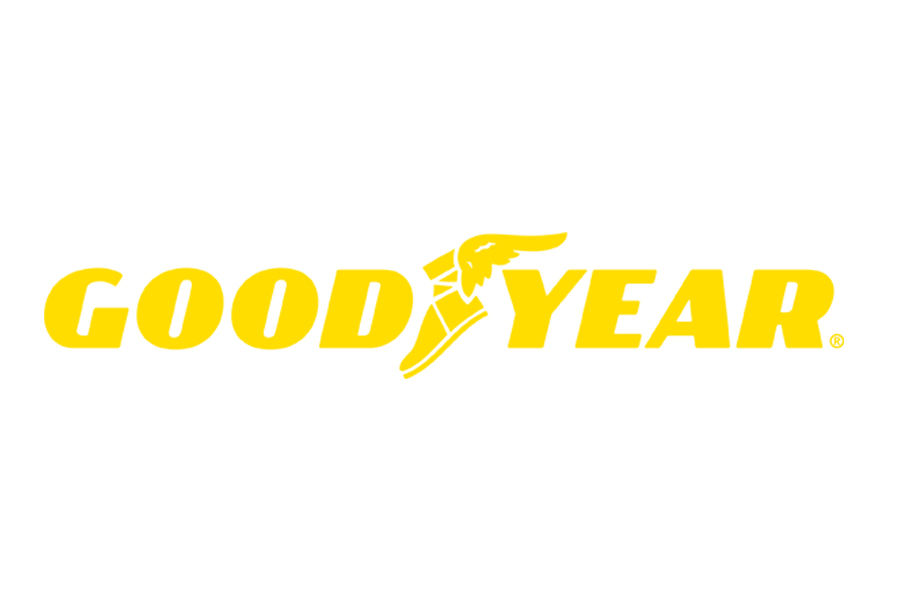In 1839, a scientific expert named Charles Goodyear found that warmth and sulphur change rubber consistency coincidentally. The interaction would later become known as vulcanization, making rubber more grounded, adaptable, and impervious to warm and other ecological conditions. This discovery would later form the basis of Goodyear Brand.
How it all started
The Goodyear corporation started in 1898. The organization was named for Charles Goodyear, the one who created vulcanized rubber. Seiberling acquired 3,500 dollars to buy the organization’s first plant. Goodyear initially utilized thirteen specialists; however, the firm immediately arose as an innovator in creating rubber products, including bike tires, pneumatic carriage and vehicle tires, horseshoes, and hoses. By 1926, Goodyear was the most prominent rubber organization on the planet.
First President
David Hill, who bought almost 33% of the 100,000 dollars worth of stock that the Goodyear Tire and Rubber Company gave in 1898, turned into the organization’s first president. The organization went through two extra presidents before Seiberling became CEO in 1906. The organization’s creator stayed as the company’s leader until 1921 when a monetary downturn provoked him to leave. Seiberling by and by fostered the organization’s logo – a winged foot – the same logo that the Goodyear Tire and Rubber Company uses in the twenty-first century.
Further Advancement
Goodyear came out on top in the advancement of new items. In 1903, the organization fostered the primary tubeless car tire. In 1909, the firm stretched out into the aeronautics business, creating the primary plane tires. Prior to this point, pilots fundamentally used bike tires on their planes. After three years, Goodyear delivered its first dirigible. In 1919, the firm additionally fostered the main impenetrable fuel tank for planes. The organization kept on standing out in making new items all through the 20th century.
Issues with labourers
While the Goodyear Tire and Rubber Company succeeded, its labourers at times endured. In the late nineteenth and mid 20th centuries, assembly line labourers confronted helpless working conditions, low wages, and practically no advantages. This was valid for the specialists utilized by elastic makers in Akron, Ohio, such as the Goodyear Tire and Rubber Company, B.F. Goodrich, and Firestone Tire and Rubber Company. While trying to lighten their conditions, labourers set up an association named the United Rubber Workers in 1935. The following year, this association coordinated its first significant strike inside Akron’s elastic industry.
The strike started as a dissent against an arrangement made by Goodyear to lessen wages and increment the speed of creation. The specialists used the idea of the “plunk down” strike. Before, when labourers took to the streets, they would pass on the production line to join picket lines. Organization proprietors regularly recruited “scab” workers to cross the picket lines and proceed with creation. The act of utilizing scab work made it hard for striking specialists to acquire their requests.
Interestingly, labourers quit working in a plunk down strike yet involved their places inside the industrial facility. This interaction implied that the production line proprietors couldn’t send in extra specialists to proceed. Moreover, plant the executives were more hesitant to utilize private security powers or different strikebreakers to scare the striking labourers, as that approach compromised obliteration to establish property.
Notwithstanding the plunk down strike, the rubber specialists additionally coordinated long picket lines in the fight. Akron’s civic chairman, Lee D. Schroy, endeavoured to send the police to put down the strike, yet the cops would not do so when they confronted the vast number of coordinated labourers. The elastic organizations had to perceive the United Rubber Workers and haggle better agreements with labourers in the long haul. One prompt achievement was a six-hour workday.
A few reasons existed for the specialists’ accomplishment in this strike. To start with, protest strikes made it considerably more challenging for businesses to supplant their striking labourers. Similarly as significant in this strike was the central government’s new section of the Wagner Act. This enactment made associations legitimate without precedent for United States history. At last, the United Rubber Workers had a place with a more significant association, the Congress of Industrial Organizations (CIO). The CIO was comprised of an umbrella association for a long time. These associations cooperated by giving both moral and material help to CIO-part associations, particularly when these part associations protested.
In 2003, the Goodyear Tire and Rubber Company sold over thirteen billion dollars worth of items. The firm utilized more than 92 thousand labourers. It had plants throughout the planet and stayed the biggest tire maker in activity.
Goodyear Today
Today, the Goodyear Tire and Rubber Company is one of the top tire organizations on the planet. Their new acquisition of Tires will permit greater freedom for development in many business sectors.
All in all, Goodyear keeps on acquiring top distinctions in the elastic and plastics classifications of Fortune magazine’s rundown of America’s most appreciated organizations. Goodyear will consistently be a piece of American history.
What Goodyear Stands For
Goodyear does not just do innovation; the company is known and recognized by innovation. Since their humble beginnings, they believe that success depends on two things: commitment to innovation and continuous improvement. This is what drives them to do better and better and never stop. Goodyear focuses on tire longevity, safety, comfort, convenience and advanced energy efficiency, and these are the fuel for advancements and technology in future mobility. Though Goodyear has been a leader for over a hundred years, they are not fully satisfied and believe they have not yet reached their best. It is yet to come.


